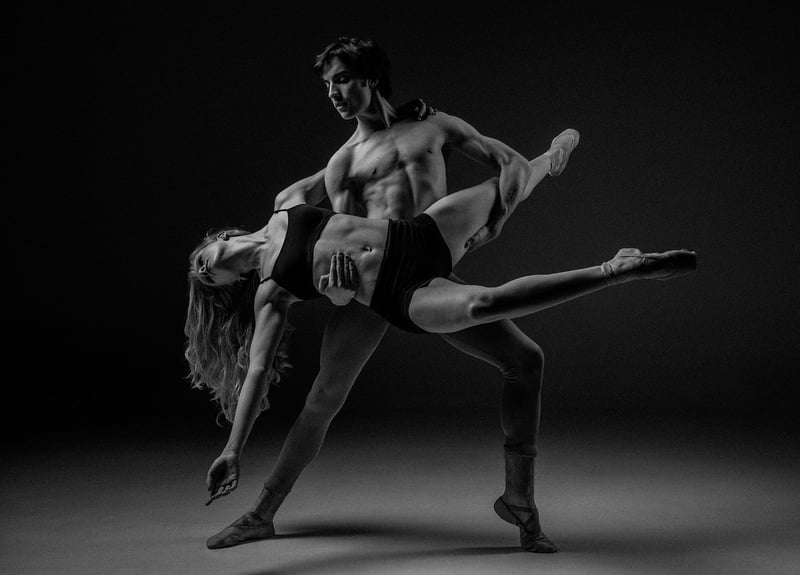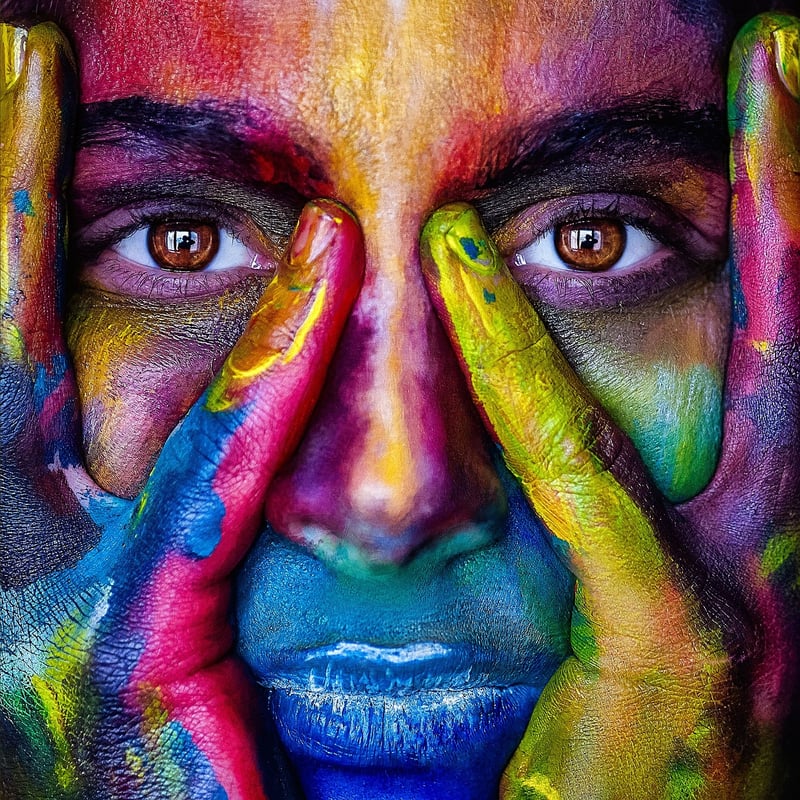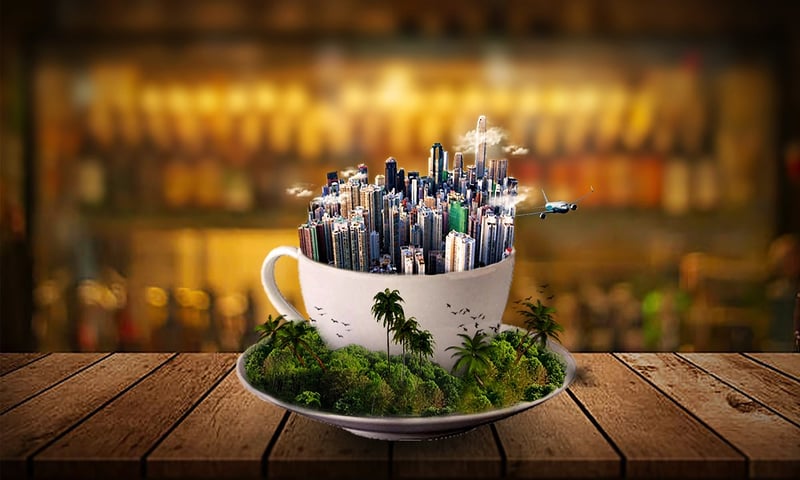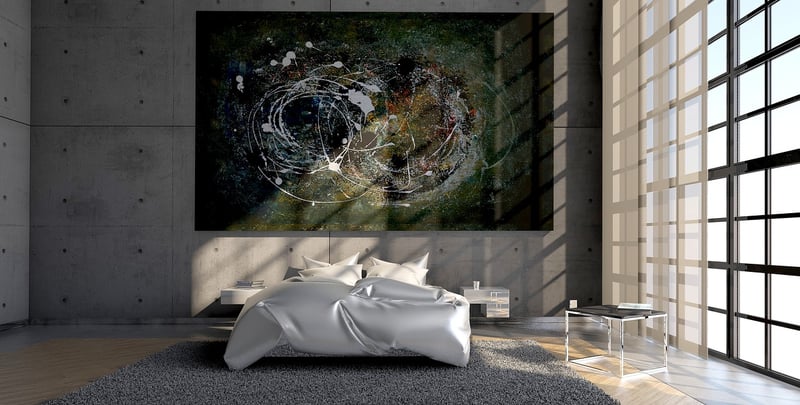Contemporary
Exploring Expressive Movement Forms in Contemporary Arts
In the realm of contemporary arts, expressive movement forms play a vital role in conveying emotions, narratives, and abstract concepts. Artists across various disciplines, including dance, performance art, and multimedia installations, harness the power of movement to create impactful and immersive experiences for their audiences.
The Role of Expressive Movement
Expressive movement serves as a versatile language that transcends verbal communication. Through gestures, postures, and choreographed sequences, artists can communicate complex ideas, evoke visceral responses, and engage viewers on a profound level. This form of expression allows for a direct connection between the artist's inner world and the audience's emotional landscape.
Exploring Contemporary Dance
Contemporary dance, characterized by its fluidity, versatility, and innovative choreography, is a prominent platform for exploring expressive movement forms. Dancers push boundaries, blend styles, and experiment with new techniques to create dynamic performances that challenge traditional notions of dance.
Image Source: Link to Image

Performance Art and Body Movement
Performance artists often incorporate body movement as a central element of their work. By using their own bodies as instruments of expression, artists blur the lines between visual art, dance, and theater, creating compelling and thought-provoking performances that challenge conventions and push boundaries.
Image Source: Link to Image

Interactive Multimedia Installations
Advancements in technology have enabled artists to explore new dimensions of expressive movement through interactive multimedia installations. By combining motion sensors, soundscapes, and visual projections, artists create immersive environments where viewers can actively participate and engage with the artwork through their own movements.
Image Source: Link to Image

Embracing Innovation in Expressive Movement
As contemporary artists continue to push boundaries and experiment with new forms of expression, the realm of expressive movement evolves and expands. By embracing innovation, collaboration, and interdisciplinary approaches, artists create dynamic and transformative experiences that resonate with audiences and spark dialogue about the intersection of movement, technology, and culture.
Whether through dance, performance art, or multimedia installations, expressive movement forms in contemporary arts continue to inspire, provoke, and captivate audiences around the world.
